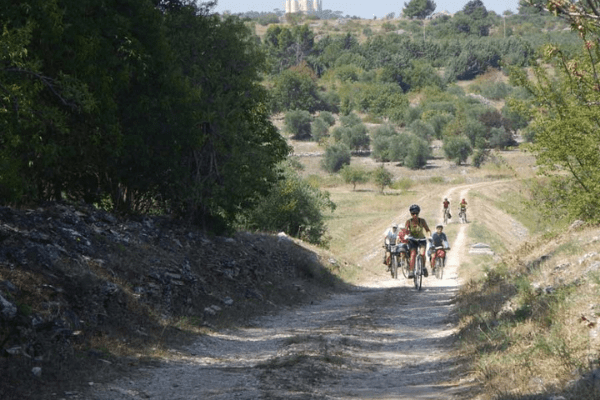The first phase of the MIT technical roundtable concluded, not without difficulty, with the approval of the Technical-Economic Feasibility projects relating to the Apulian Aqueduct cycle route.
The cycle route would develop from the sources of the Aqueduct, in the Campania municipality of Caposele (AV) until reaching the monumental waterfall of Santa Maria di Leuca (LE).
Once built, this cycle route will constitute the backbone of a network of greenways already in place which is currently recording a growing increase in cyclists on old mule tracks and on low-traffic roads of great environmental value.
The Apulian Aqueduct Cycle Route is part of the first 4 of the National System of Tourist Cycle Routes financed by the 2016 Budget Law, the others are VENTO, La Ciclovia del Sole between Verona and Florence and the GRAB of Rome, approved some time ago.
With this step, the MIT technical table on the first financed cycle routes concludes while, in September 2021, there will be a further technical table that will take into consideration projects regarding another 6 Italian cycle routes.
The Apulian Aqueduct cycle route includes the Campania-Lucania sections and the north of Puglia, up to Castel Del Monte. This last section will mainly use existing roads with low traffic volume.
For the itinerary which will cover the central and southern parts of Puglia, being mainly flat, the service infrastructures, existing or in the planning phase, of the aqueduct and minor roads will be exploited and adapted.
Before giving its opinion to the MIT technical table, FIAB carried out a series of checks with the local offices and its coordinations involved.
This procedure allowed us to take into consideration ideas of interest to increase the attractiveness of the infrastructure.
Furthermore, a proposal from the Campania Region has emerged to plan a connection between the mouth of the Sele and Paestum with the start of the Aqueduct Cycle Route in Caposele.
SOURCE: FIAB ITALY

